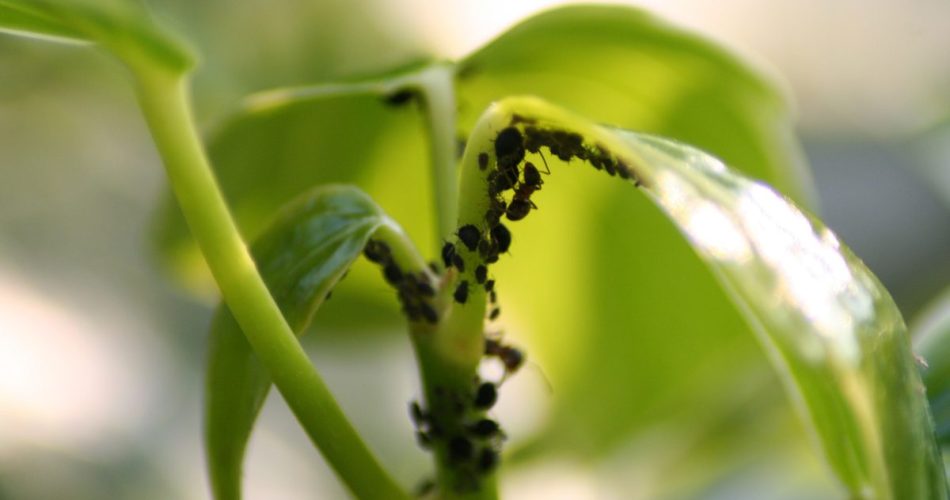Are you familiar with plant lice? These small pests often attack vegetation, causing serious harm to the health of all plants. Plant lice pose a significant threat to your garden, particularly targeting fruit trees, hedges, and various other plants. Since these destructive pests can wreak havoc, it’s crucial to eliminate them completely to save your plants. Here are some useful tips to keep them away for good.
Plant Lice: What Are the Most Effective Remedies for Elimination?
The solutions and strategies to permanently repel plant lice are numerous, and your approach may vary depending on the case. First and foremost, to entirely eradicate these pests, it’s advisable to understand the type of infestation. To free your plants from these dangerous creatures, you can manually inspect flowers and leaves, eliminating any lice with a damp cloth or a strong water jet.
While this manual remedy can temporarily solve the problem, it’s common for plant lice to re-infest your plants after some time. Among the most effective and long-lasting solutions is the use of chemical insecticides, but caution is essential. Although this method may help eliminate the pests, it can simultaneously harm the plants, the environment, and your health. Chemical products have negative effects that should not be underestimated.
Alternatively, you can opt for specific biological products. For instance, using entomopathogenic fungi or predatory insects can naturally attack plant lice without causing harm to your plants. Another effective remedy against these pests is Marseille soap mixed with water and sprayed on all infected plants.
When Plant Lice Form
Plant lice are highly dangerous as they feed on plant sap, making them detrimental to plant health. Infestations of these pests can occur for various reasons, with one of the main causes being abundant food. When there are nutrient-rich and healthy soils supporting lush and strong plant growth, plant lice are more likely to arrive.
The absence of predators in the area also favors these parasites. For example, when birds, spiders, or other insects are not present, plant lice spread more rapidly and frequently. Additionally, weakened plants that may have already been attacked by bacteria and fungi can become victims of plant lice.
